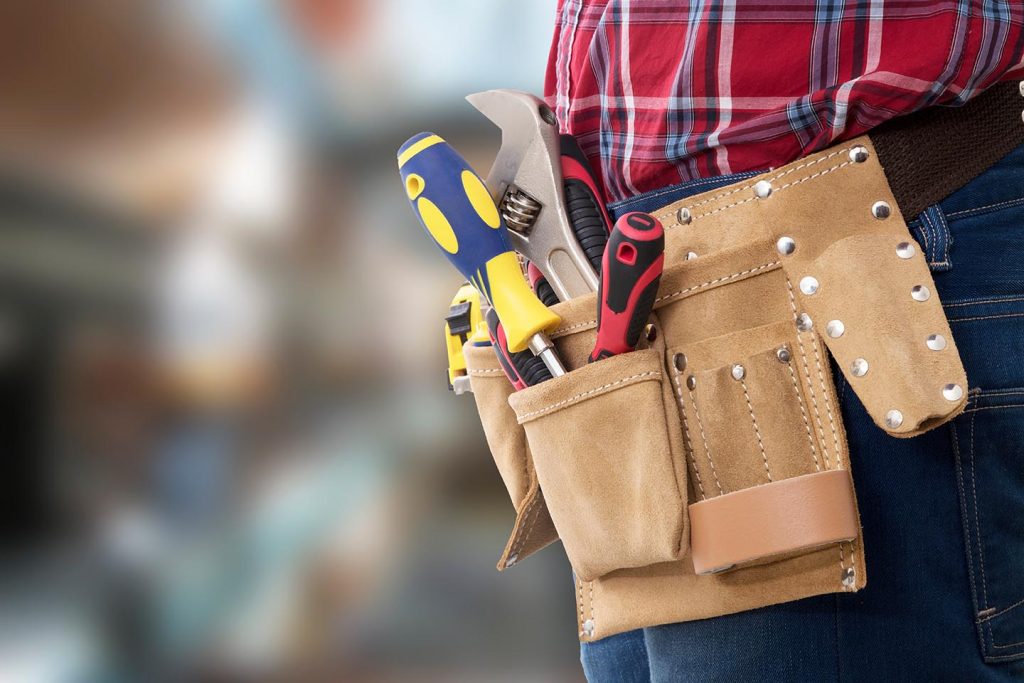Repairs and Maintenance: Your Landlord’s Responsibilities
When renting a property, whether it’s an apartment, house, or commercial space, understanding the division of responsibilities between landlords and tenants is crucial. One of the fundamental aspects of this understanding pertains to repairs and maintenance. While tenants are responsible for some aspects of upkeep, the lion’s share of these duties falls on the landlord. In this article, we’ll delve into the responsibilities of landlords when it comes to repairs and maintenance.
- Habitability and Safety:
The first and foremost responsibility of a landlord is to provide a habitable and safe living environment for their tenants. This includes ensuring that the property complies with all local building codes and health standards. This means that the structure of the property, including the roof, walls, floors, and foundation, must be maintained in good condition. The landlord is also responsible for maintaining essential utilities, such as plumbing, heating, and electrical systems, in working order. - Repairs:
Landlords are typically responsible for making necessary repairs to the property. These repairs can include fixing leaks, repairing broken appliances, and addressing issues with the heating and cooling systems. It’s important to note that these repairs should not result from tenant negligence or misuse. For example, if a tenant damages a plumbing fixture, they are usually responsible for the cost of repairs. However, wear and tear or issues that arise through no fault of the tenant are the landlord’s responsibility. - Pest Control:
The responsibility for pest control may vary by location and lease agreement, but landlords often bear the burden of ensuring the property remains free of pests. Common pests like rodents, insects, and termites can damage a property and pose health risks to tenants. Landlords should take necessary steps to address these issues promptly. - Maintenance of Common Areas:
In apartment buildings or multi-unit properties, landlords are responsible for maintaining common areas. This includes areas like hallways, stairwells, and parking lots. Keeping these areas clean, well-lit, and safe is essential to ensure the well-being of all tenants. - Exterior Maintenance:
Landlords are also responsible for the exterior maintenance of the property. This includes the upkeep of the lawn, landscaping, and any shared amenities like swimming pools or playgrounds. The landlord should ensure that these areas are safe and well-maintained. - Appliances:
If the rental property comes with appliances, such as a refrigerator, stove, or dishwasher, the landlord is generally responsible for their maintenance and repairs. This does not usually include small appliances that tenants may bring with them. - Safety Standards:
In many jurisdictions, landlords are required to ensure that the property meets specific safety standards. This can include installing smoke detectors, carbon monoxide detectors, and ensuring that the property is up to code when it comes to fire safety. These safety measures are crucial to protect the well-being of tenants. - Timely Responses:
One critical aspect of a landlord’s responsibility is responding promptly to maintenance requests from tenants. Timely repairs and maintenance can prevent small issues from becoming major problems and can foster a positive landlord-tenant relationship.
It’s important for both landlords and tenants to understand their respective responsibilities regarding repairs and maintenance. While landlords have a significant duty in this regard, tenants must also play their part by reporting issues promptly and taking care of the property as outlined in the lease agreement.
Tenants should also be aware of the local laws and regulations governing landlord responsibilities, as these can vary from place to place. For example, some cities have specific ordinances regarding issues like bedbugs or mold remediation. Being informed about these local laws can help tenants ensure that their rights are protected.
In conclusion, the responsibility for repairs and maintenance in a rental property primarily falls on the landlord. Providing a safe, habitable, and well-maintained property is not only a legal obligation but also essential for fostering a positive landlord-tenant relationship. Tenants, in turn, should be vigilant in reporting maintenance issues promptly and adhering to their responsibilities as outlined in the lease agreement. Clarity and open communication between both parties are key to a successful and harmonious rental experience.


